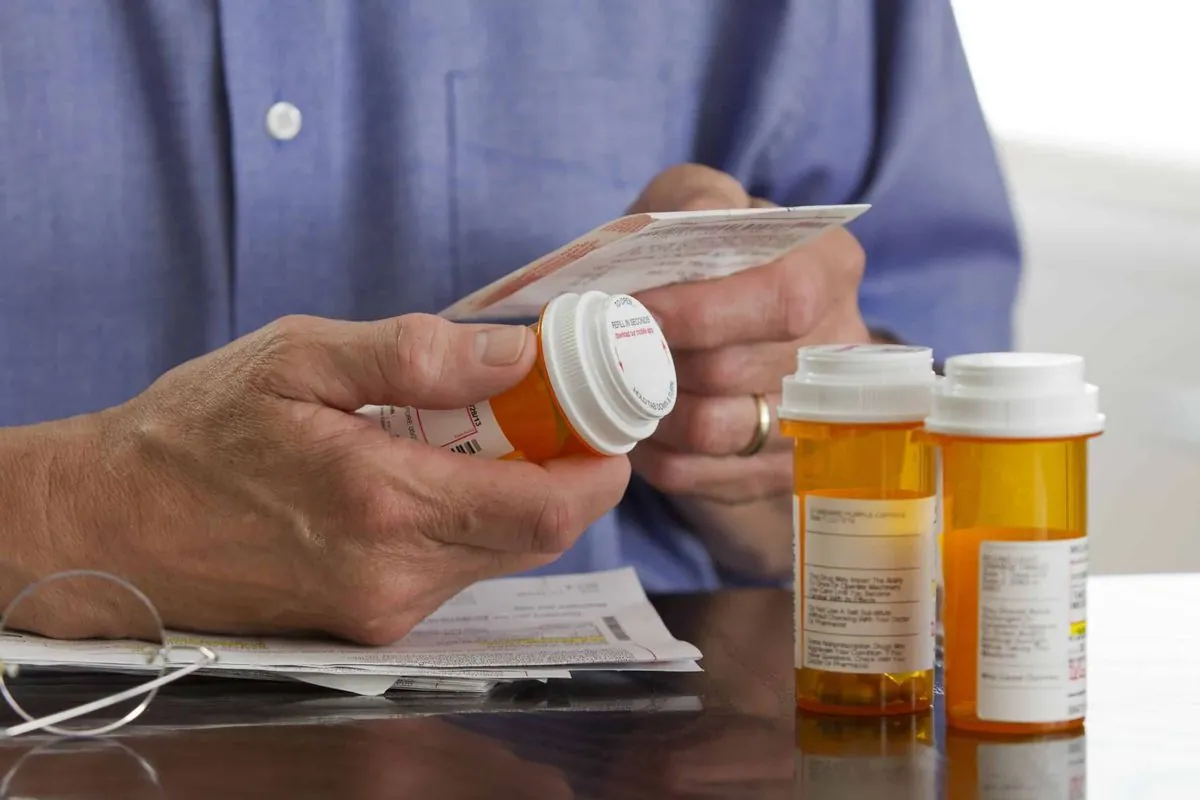Medicare Drug Cost Cap to Benefit Millions of Seniors from 2025
New $2,000 cap on Medicare prescription drug costs to save over 1 million Americans more than $1,000 annually from 2025. AARP study reveals significant financial relief for seniors using high-priced medications.

A significant change in Medicare prescription drug coverage is set to provide substantial financial relief to millions of American seniors starting in 2025. According to a study commissioned by AARP, over one million individuals enrolled in Medicare Part D will save more than $1,000 annually due to a new $2,000 cap on out-of-pocket prescription drug costs.
This cap, introduced as part of President Joe Biden's Inflation Reduction Act, marks a substantial shift in how Medicare Part D operates. Previously, beneficiaries who didn't qualify for low-income subsidies were required to pay 5% of drug costs indefinitely, regardless of their total expenditure. The new policy aims to alleviate the financial burden on seniors, particularly those relying on expensive, brand-name medications.

The study, conducted by health consultancy Avalere, projects that by 2025, approximately 3.2 million people, or 8.4% of Part D beneficiaries not receiving other subsidies, will benefit from the cost cap. This number is expected to increase to 4.1 million, or 9.6% of beneficiaries, by 2029.
Diana DiVito, an 82-year-old AARP member, shared her experience with the high costs of chronic leukemia treatment. She reported paying an average of $858 per month for over five years, with a 33% co-insurance until reaching the Part D cap, followed by an additional 5% of the drug's cost. The new law has already eliminated this additional payment in 2024, providing immediate relief.
"When I saw the first co-pay I almost had a heart attack. It's a tremendous weight off my shoulders and I'm incredibly grateful."
The study's findings reveal that nearly 40% of individuals reaching the cap between 2025 and 2029 will save over $1,000 annually. Moreover, about 12% of this group, or 420,000 people, are projected to save more than $3,000 per year. Some patients currently pay over $10,000 annually for their medications.
It's worth noting that Medicare, established in 1965 as part of President Lyndon B. Johnson's "Great Society" program, has undergone several significant changes over the years. The addition of the prescription drug benefit (Part D) in 2003 and the gradual closing of the "donut hole" coverage gap initiated by the Affordable Care Act in 2010 have been pivotal in improving drug coverage for seniors.
The implementation of this cost cap is particularly crucial given that the United States spends more on prescription drugs per capita than any other country. High drug prices have often led to medication non-adherence among seniors, potentially compromising their health outcomes.
AARP CEO Jo Ann Jenkins emphasized the broader impact of these savings, stating that the money seniors will no longer spend out-of-pocket can be invested in their families, broader health needs, or saved for greater financial stability.
While this change represents a significant step towards more affordable healthcare for seniors, it's important to note that the study excluded Part D beneficiaries who receive low-income subsidies and already pay nominal amounts for drugs. As the healthcare landscape continues to evolve, ongoing monitoring and adjustments will be crucial to ensure comprehensive coverage and affordability for all Medicare beneficiaries.


































